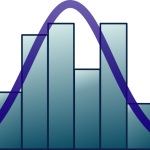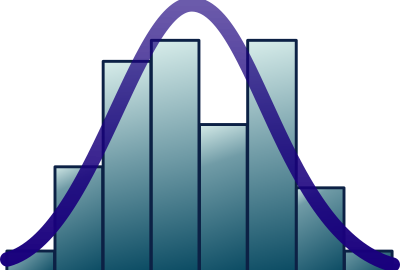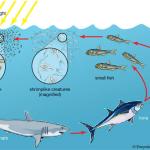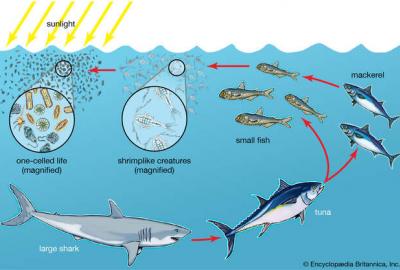Ecosystem- and fisheries assessment models
Objectives and Content
The aim is to give an introduction to the basic principles of modelling natural fish populations and ecological communities to assist in solving management related questions. The most important population dynamic processes, such as growth, mortality and recruitment will be outlined, and how these interact among coexisting species in an ecosystem. The mathematical descriptions (models) and practical methods for parameter estimation and model fitting to data will be presented and discussed. In addition will the standard fish stock assessment models for abundance and yield estimation, and their underlying assumptions, be explained. Emphasis will be on a practical approach to the subject in form of exercises and applications, and how the results are used in fisheries management.
Learning Outcomes
The course provides a general introduction to the theory of fish population dynamics. Age, growth, natural and fishing mortality, maturation and recruitment concepts will be introduced together with mathematical tools for describing these processes. Classical fisheries stock assessment models for estimating yield and biological reference points for management purposes will be covered. Uncertainties in parameter estimation and critical evaluation of model assumptions will be emphasized. Both age based and length based approaches to individual models will be introduced. Effects of ecological factors together with fishery impact on biology, age at maturation, survival, growth and demography of populations will be discussed in order to link the student's ecological understanding to their theoretical tools.
More information: https://www.uib.no/en/course/BIO339




